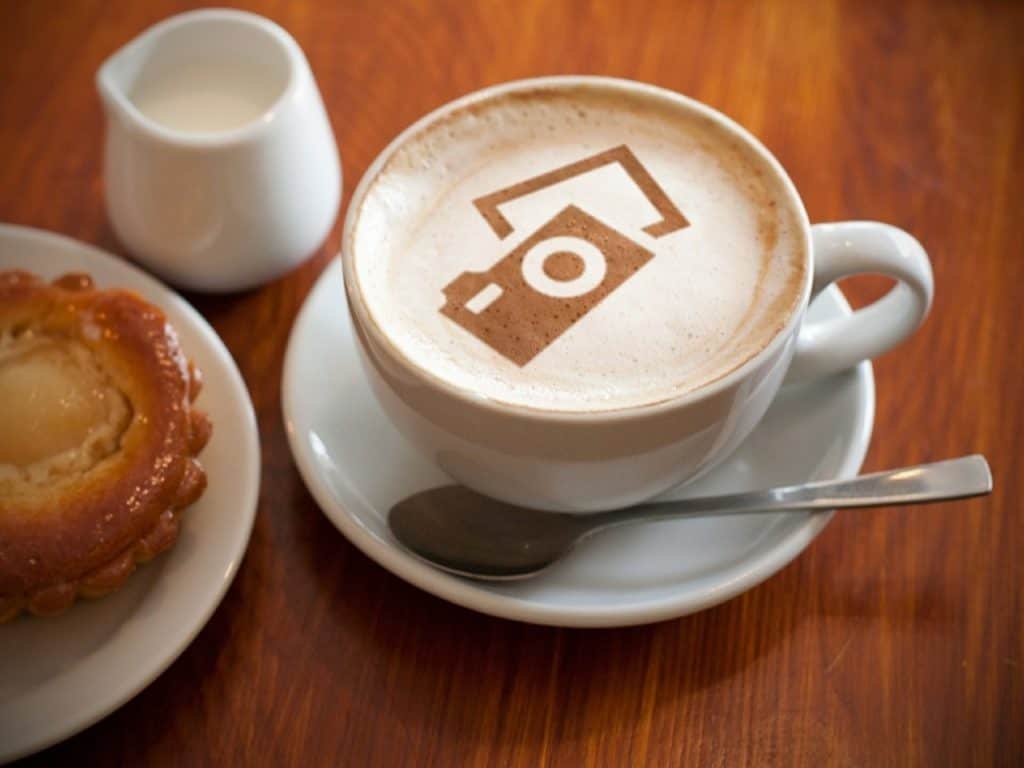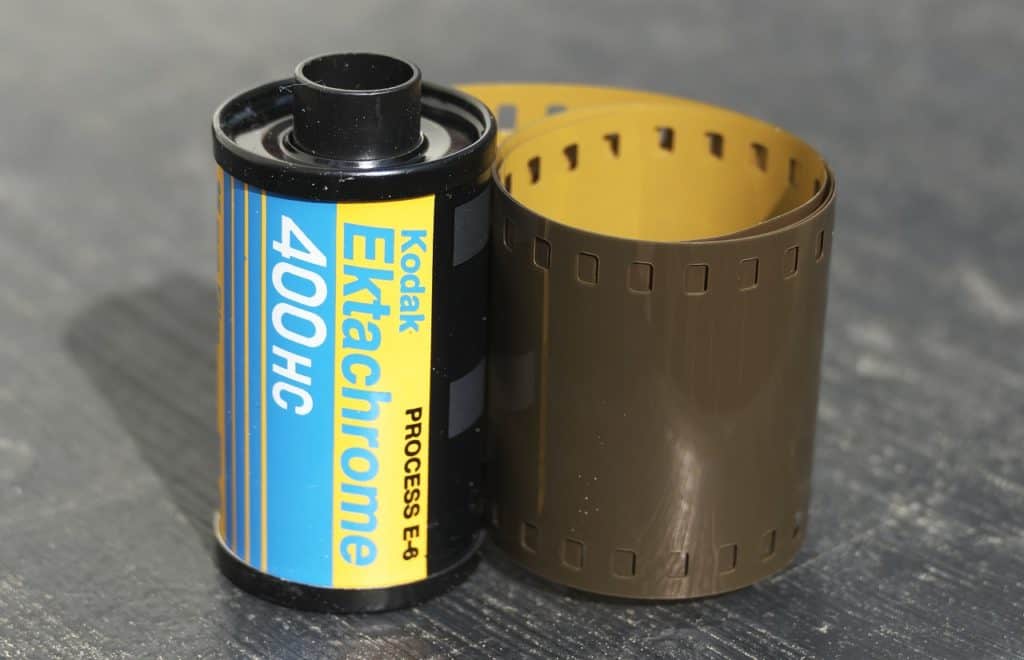
A lot of people out there would say that taking pictures with film and the developing of film is a dying art.
That is far from the case as all over the world today, artists are picking up old film cameras and using them to take breathtaking photos. Film photographs have a unique aesthetic to them and taking photos with these cameras provides an experience just as unique.
But the trouble for a lot of film photographers is finding ways to develop or get their film developed. Luckily, there are still a couple of places out there you can get that done, which is great, especially if you don’t have the space to make a dark room yourself.
But a lot of these places don’t have the right equipment for developing black and white film, which is used to capture dramatic and very telling photographs.
While that may be the case, you can actually develop black and white film yourself at home using a tool a lot of photographers already use daily: coffee. Yes, you read that right, coffee.
By mixing a couple of things in with coffee grounds, you can make caffenol that can be used to develop black and white film. If you’ve been wondering how to do this, you’ve come to the right place.
In this article, we explain what caffenol is, how it what discovered, and how you can use it to develop your film.
What Is Caffenol?

Caffenol is a liquid concoction made out of instant coffee crystals, washing soda, and water. Sometimes people add vitamin C to the mix and call it Caffenol-C, or sometimes just caffenol.
This chemical combination can be used to develop film and is actually a much more sustainable and environmentally-friendly alternative to other harmful chemicals used to develop film.
Normally, the liquids used to develop film will have harmful chemicals such as formaldehyde, ammonia, and methyl chloroform. All of these are dangerous on some level, especially when it gets flushed down the drain. Caffenol, on the other hand, doesn’t contain any of these harmful chemicals which means it won’t irritate your skin and it can be easily disposed of without harming the environment.
It can save you a couple of trips to a developing shop since you can do it at home, and it will also be a more sustainable way of developing.
That being said, it is an unregulated process, so there is no one hundred percent safe way of disposing of it. And the substance also contains trace deposits of silver halide, which means the concoction isn’t completely green environmentally friendly. However, it is still a much safer alternative compared to the other, more harmful chemicals that are used to develop film.
Where Did Caffenol Processing Come From?
The process of using caffenol to develop film was discovered in 1995, in the Rochester Institute Of Technology. It all started at a standard technical photographic chemical class that was led by Scott Williams.
The class was tasked with figuring out ways to develop photographic film using only standard household items. Obviously, students tried a lot of different mixtures that would have different effects.
It was in this class that they experimented with different mixtures of tea and coffee with other agents to balance the pH and make printable images from the film. And that’s where caffenol began.
Since then, it has been widely used and developed by the film community and is seen as a great way to develop your photos by yourself. There are lots of different caffenol recipes, with some using beer and wine instead of coffee, but in this article, we’ll just be talking about the simple and basic caffenol that you can use to develop black and white film.
How To Make Caffenol
As mentioned earlier, you don’t need that many ingredients to make caffenol. All you need is instant coffee (make sure it ISN’T decaf), washing soda, water, and vitamin C. It really isn’t a lot. Once you have all those ingredients ready, it’s time to start making the concoction (don’t worry, it’s really simple and easy).
First, you have to put six HEAPING teaspoons of instant coffee into about 150ml of cold water. The water doesn’t have to be 20 degrees like with traditional processing, but it does still need to be cold. Once you’ve put the coffee in the water, simply stir it until the coffee crystals are completely dissolved. This shouldn’t take too long, but expect to be stirring a fair amount to fully dissolve everything.
In a separate container, mix in 200ml of cold water with four leveled teaspoons of washing soda. It’s important to know the difference between a heaping teaspoon and a level teaspoon before doing this to ensure you get the ratios right. After you’ve put the washing soda in the water, simply mix it until everything is dissolved.
Once you have the two mixtures, you’re ready to combine them. Simply put both of the mixtures you’ve made into the same container, then add one level teaspoon of Vitamin C powder. This may cause the caffenol to foam a bit, but don’t worry that’s normal. The mixture also smells a bit like fish food (depending on the Vitamin C you get).
There you have it. With all of those steps finished, you have caffenol. You can now begin developing your film. Remember, this only works as a developer with black and white film, if you use this on colored film, you will have a sepia tone across all your negatives, which could work fine if that’s the aesthetic that you’re going for.
Caffenol vs. Regular Film Development
Most people won’t be able to tell the difference between a black and white film roll developed using caffenol and standard chemicals. Obviously, this will also depend on the skill of the developer. It will take some experimentation to get everything right and up to standard when dealing with home film development, but it’s very much worth it with caffenol.
It’s inexpensive, it’s safer for the environment, and most importantly, it’s a way you can develop your priceless photos all from the comfort of your home. Remember, caffenol is only the developing agent for your film, you still need to go through the entire process with fix and soap for washing the film after.
But if you know and understand the process, have the ingredients and have a black and white roll of film you need to develop, the only thing left to do is start the process. Happy developing!

